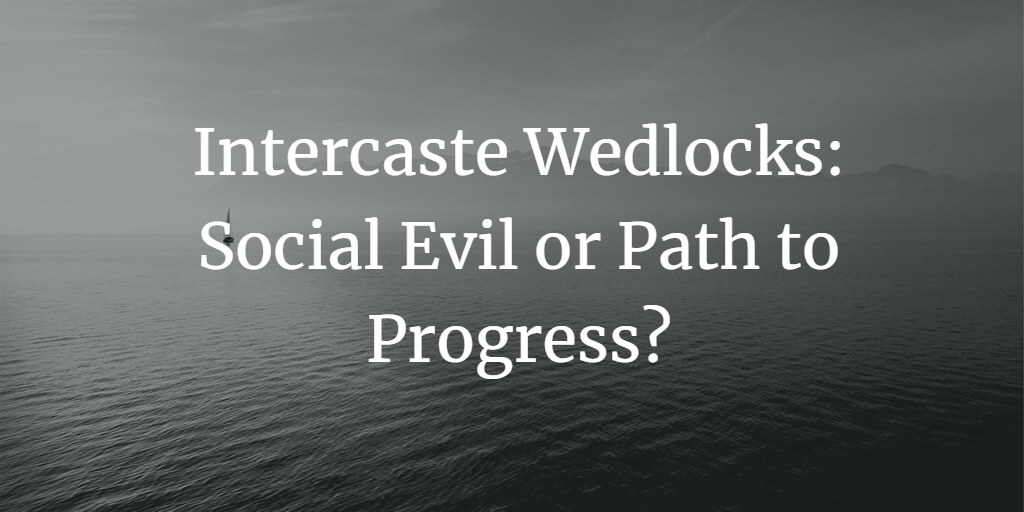Intercaste Wedlocks in India: Social Evil or Path to Progress?

Intercaste marriages have long been a contentious issue in Indian society, with some considering them as a social evil that disrupts traditional norms. However, others argue that intercaste wedlocks can contribute to breaking down caste-based barriers and fostering social cohesion. In this blog post, we will delve into the various perspectives on intercaste marriages in India and examine their potential impact on society.
Table of Contents
Understanding the Caste System and Intercaste Marriages
Perceptions of Intercaste Wedlocks
Intercaste Marriages as a Social Evil
Intercaste Marriages as a Path to Progress
Legal Framework and Government Initiatives
Changing Attitudes and the Way Forward
1. Understanding the Caste System and Intercaste Marriages
The caste system in India is a deeply ingrained social hierarchy that categorizes people into different groups based on their birth, occupation, and social standing. Intercaste marriages, or wedlocks between individuals from different castes, challenge this rigid structure by allowing people to form relationships beyond the boundaries of caste.
2. Perceptions of Intercaste Wedlocks
2.1. Intercaste Marriages as a Social Evil
Some sections of Indian society view intercaste marriages as a social evil that disrupts traditional norms and threatens the established social order. This perspective is often rooted in deeply entrenched caste prejudices and a desire to maintain the status quo. Intercaste couples may face discrimination, social ostracism, and even violence from their families and communities as a result of their decision to marry outside their caste.
2.2. Intercaste Marriages as a Path to Progress
On the other hand, many people argue that intercaste marriages can play a crucial role in dismantling the caste system and fostering social harmony. By breaking down caste-based barriers, intercaste wedlocks challenge the rigid social hierarchy and promote greater understanding and acceptance among different communities. In this view, intercaste marriages are seen as a positive force for change and a pathway to a more inclusive and egalitarian society.
3. Legal Framework and Government Initiatives
Intercaste marriages are legally recognized and protected in India under the Special Marriage Act, 1954, which provides a framework for individuals to marry regardless of their caste or religion. Additionally, the government has introduced various schemes and incentives to encourage intercaste marriages, such as the Dr. Ambedkar Scheme for Social Integration, which provides financial assistance to intercaste couples.
4. Changing Attitudes and the Way Forward
While intercaste marriages continue to face resistance in some quarters, attitudes are gradually changing as more people recognize the potential benefits of breaking down caste barriers. To further promote social harmony and inclusivity, it is essential to:
Encourage open dialogue and discussion about the caste system and intercaste relationships
Address the root causes of caste-based discrimination through education and awareness campaigns
Strengthen legal protections and support for intercaste couples, including measures to prevent violence and social ostracism
Continue and expand government initiatives that incentivize and support intercaste marriages
By embracing intercaste wedlocks as a path to progress rather than a social evil, Indian society can move toward greater inclusivity and social cohesion. Encouraging intercaste relationships and dismantling the rigid caste system will ultimately contribute to building a more equal and just society where every individual has the freedom to choose their life partner without fear of discrimination or prejudice.


